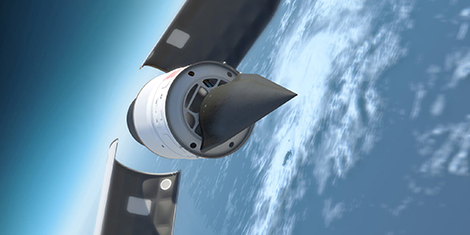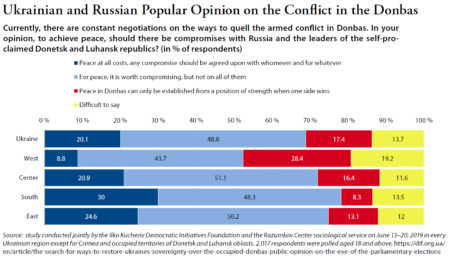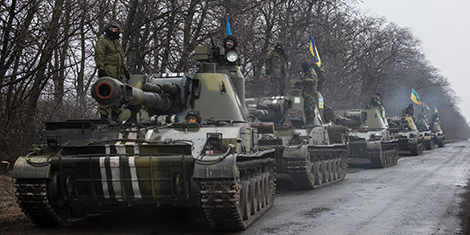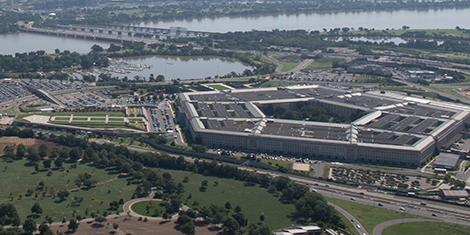
This article was originally published by War on the Rocks on 12 November 2019.
Hypersonic flight is not new. The V-2 rocket and the vast majority of the ballistic missiles that it inspired achieved hypersonic speeds (i.e., speeds faster than the speed of sound or Mach 5+) as they fell from the sky, as did crewed aircraft like the rocket-powered X-15. Rather than speed, today’s renewed attention to hypersonic weapons owes to developments that enable controlled flight. These new systems have two sub-varieties: hypersonic glide vehicles and hypersonic cruise missiles. Glide vehicles are the cousins of ballistic warheads: they are lofted on high velocity boosters, separate, then use momentum and control surfaces to skip and glide through the upper atmosphere before crashing onto their targets. The cruise missiles use an advanced propulsion system (a SCRAMJET) for powered flight. While the descriptions are straightforward, the engineering needed to accomplish the guidance and maneuvering (not to mention survivability) of these weapons is far from clear.



